This is the second in article addressing the three basic factors of exposure: aperture, shutter speed, and ISO.
The next factor that affects exposure is shutter speed. Shutter speed is the length of time that the camera sensor is exposed to light, and is often some fraction of a second (e.g. 1/60).
Exposure Time
Remember that when we talk about exposure, we are talking about how much light hits the sensor and in turn, how bright will the image be. When you change your shutter speed, you change the amount of time the sensor is exposed to light. A longer exposure results in a brighter exposure – you are letting in more light. Shutter speed varies, from as short as 1/200th of a second to as long as 30 seconds. Shutter speed is interesting because it allows us to capture something invisible to the human eye – the temporal changing nature of things all in one image. We can capture a speeding bullet in mid air, or we can see the blurred streaks of cars headlights on a mountain road.
Here’s a mundane example of capturing the interesting look on someones face when they shake their head really fast.

1/4000 sec @ f/5.6
Blur
Shutter speed has a great deal to do with blur. When hand-holding a camera, blur and camera shake are introduced when the shutter speed is longer than the amount of time you can hold the camera perfectly still.
As a rule, we can only hold the camera steady enough to prevent this undesirable handheld blurring when we shoot at shutter speeds no slower than “1/focal length.” For example, with a 16mm lens we could shoot as slow as ~1/15 but for a 200mm lens we have to decrease our shutter speed to at least 1/200. Handheld blurring isn’t always obvious; it is usually just a small amount – just enough to make the image NOT sharp. Have a peek at the example below:
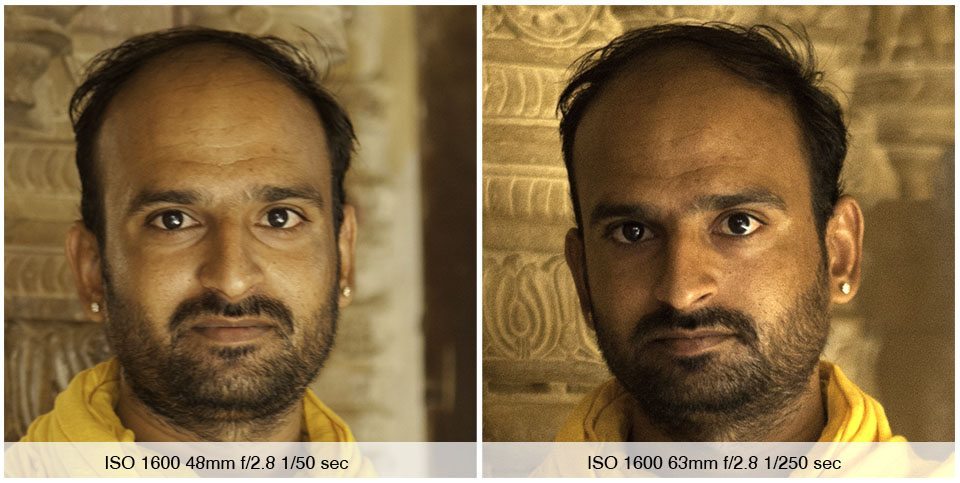 The image on the left seems okay, but there is something off. This is most noticeable if you look at the eyes. In portraits, it is often critical that the eyes be both in focus and sharp. In the second image, the shutter speed has been shortened and the slight amount of shakiness that caused the blur is gone, leaving a sharp eyed subject. Note: According to the exposure data, the image on the left should be much brighter than that on the right. I’ve matched their exposures in post-processing for the sake of comparison.
The image on the left seems okay, but there is something off. This is most noticeable if you look at the eyes. In portraits, it is often critical that the eyes be both in focus and sharp. In the second image, the shutter speed has been shortened and the slight amount of shakiness that caused the blur is gone, leaving a sharp eyed subject. Note: According to the exposure data, the image on the left should be much brighter than that on the right. I’ve matched their exposures in post-processing for the sake of comparison.
There are techniques for breathing and the way we hold a camera that can allow an experienced shooter to break this rule.
Another type is an intentional blur of subject motion. This is often created when the camera is held still and the subject is moving. This can convey a sense of motion. Long exposures are an advanced concept that will be covered in the advanced shutter speed article. For now, just know that there is good blur and bad blur, but that usually for beginners blur is bad.
Freezing Motion
When freezing motion is important to the image, we consider shutter speed. Experience helps to give the photographer a sense for what shutter speed is appropriate to freeze different types of motion. Experiment with you camera and moving subjects to get a feel for what shutter speeds to use. Keep in mind that often a hint of blur in the right places, such as tires spinning or feet moving, can be desirable and conveys the motion of the subject.
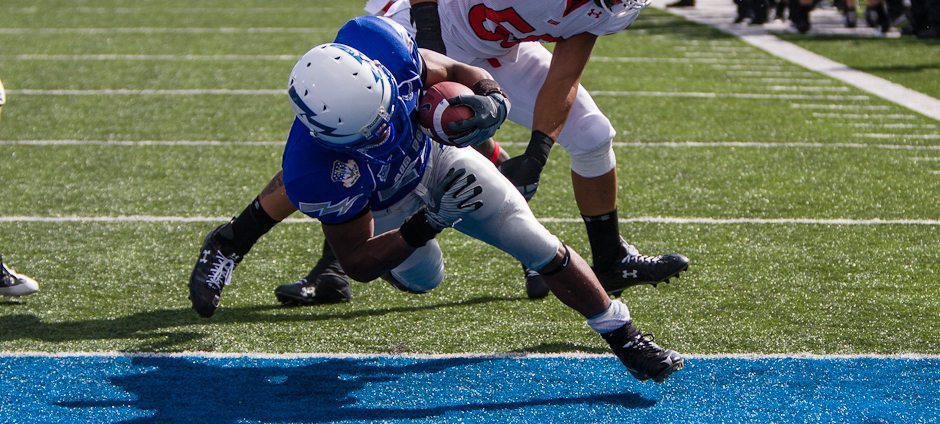
At a 1/2500 sec shutter speed, this football player is frozen in mid air (ISO 200, 100mm, f/4, 1/2500 sec)
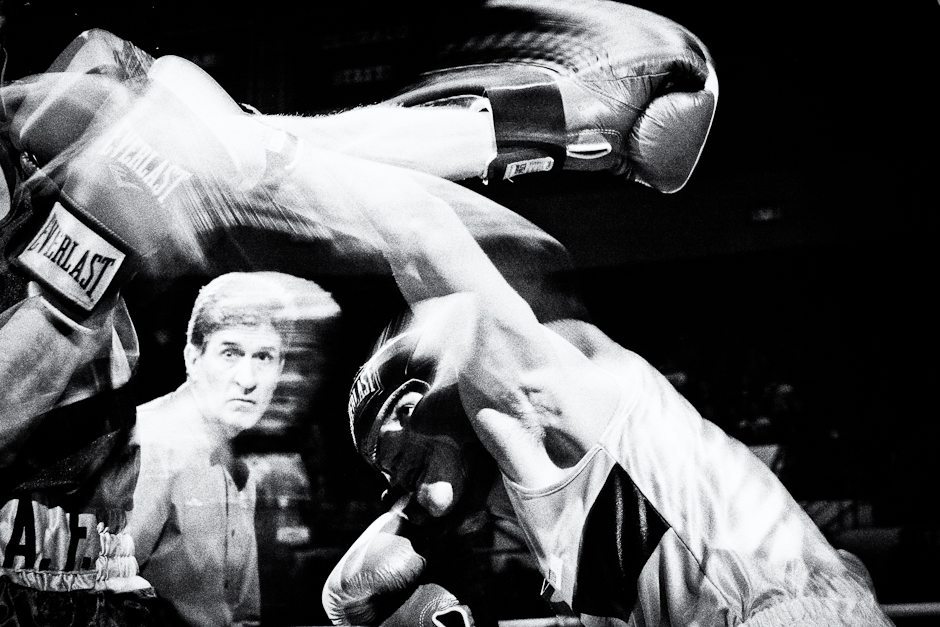
In this shot I used flash to freeze my subject but kept a long shutter speed, allowing fast moving punches to blur across the frame. I’ll cover advanced setups like this in the advanced shutter speed article. (ISO 400, 54mm, f/5.6, 1/10 sec)
Flash Limit
I want to note that often when using a flash shutter speed cannnot be faster than 1/250 (sometimes 1/200) because of the way the shutter mechanism works. Flashes with hi-speed sync capability are an exception.
Advanced Topics
The most fun and interesting thing to do with shutter speed is long exposures (2+ seconds). Long exposure photography is a bit more advanced, and requires a tripod. We’ll get into that in the article on advanced shutter speed. Until then, here is some inspiration.

ISO 200, 24mm (10 image stitched panorama), f/18, 25 sec

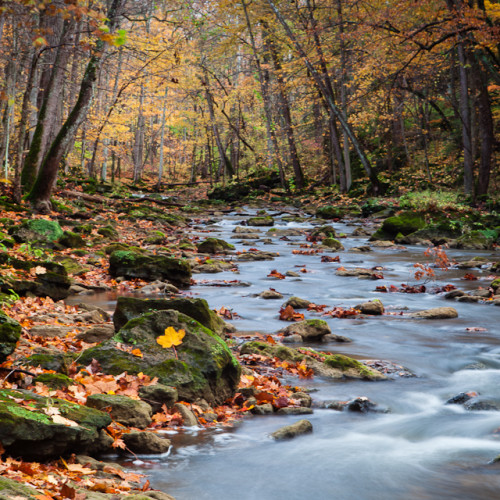
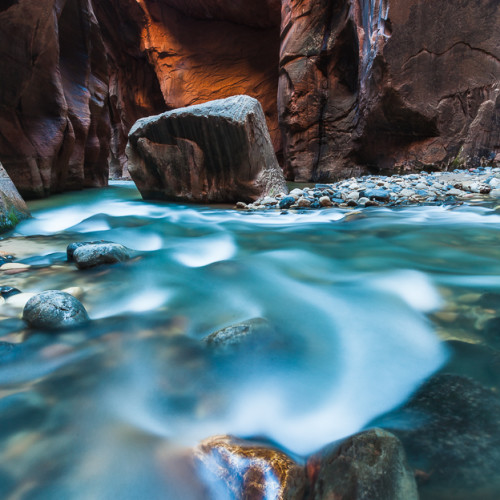
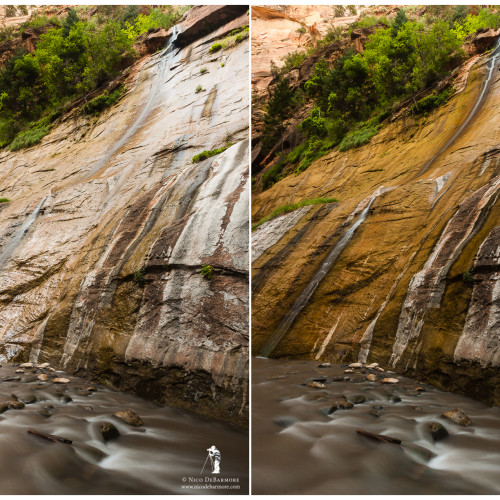
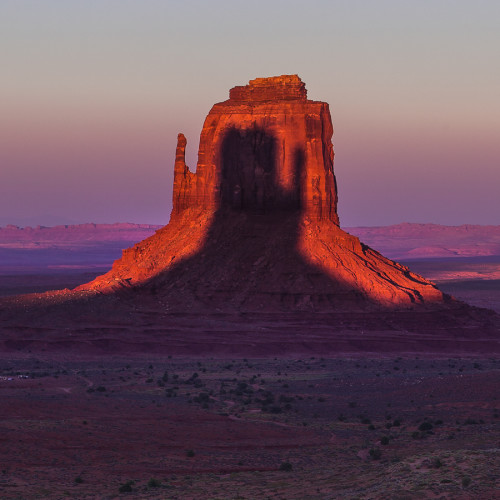
Leave a reply